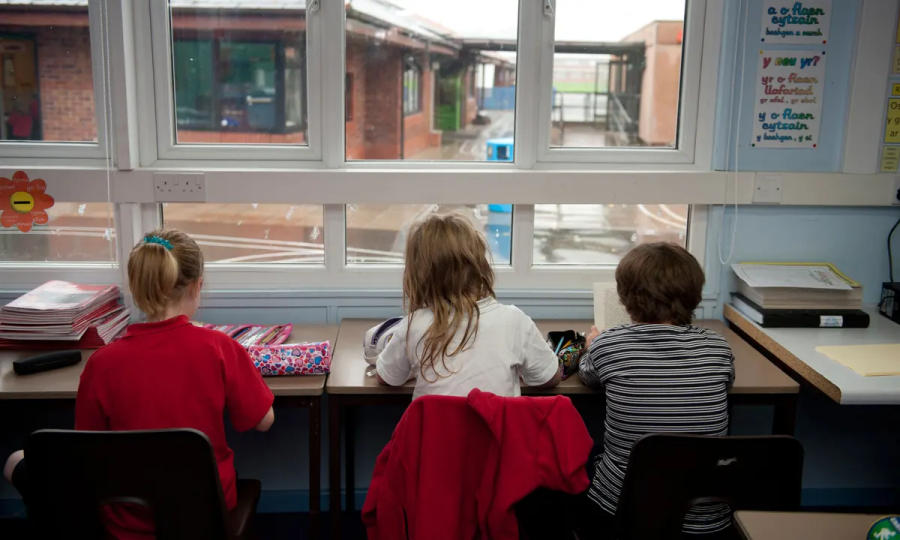New research suggests that virus spread in classrooms, including COVID-19, could be cut by up to 80 percent with mechanical ventilation, however, fewer than one in 10 New Zealand schools have ducted ventilation systems installed, and the strength of those systems varies wildly.
At the beginning of the year, the Government announced it had ordered 5000 portable air purifiers for schools, with 500 accessible by March and the rest in schools by June.
But experts have noted that the Hume think-tank study shows that more is needed to be done about ventilation in the country’s 36,000 classrooms as winter approaches and windows are slammed shut to keep out the cold.
The study, carried out in just over 10,000 classrooms in Italy's Marche region during a Delta outbreak, found Covid infections were steeply lower in the 316 classrooms that had mechanical ventilation systems. The reduction in cases was more marked according to the strength of the systems:
- When air was replaced 2.4 times an hour by the ventilation system, infections were lowered by 40 per cent
- When air was replaced four times an hour, infections were lowered by 66.8 per cent
- When air was replaced six times an hour, infections were lowered by 82.5 per cent
University of Otago public health researcher Dr Julie Bennett said Italy's school buildings were comparable to New Zealand's, as most don’t have proper ventilation systems. The advice from each Government - to open windows where possible - was also comparable.
Bennett said the experiment - which was carried out between September 2021 and January – before the Omicron wave hit – helped solidify scientific understanding of how ventilation could prevent Covid spread and was an important reminder as winter approached.
“I think that ventilation has very much been overlooked - this isn't just about schools, it's about businesses, it's about households and all buildings. You can argue that in some ways it's very easy to keep schools well ventilated, but you have to leave all the windows open, and the problem is, that doesn't work in our climate,” said Bennett.
“You don't want to have lots of ventilation by opening windows at the cost of not having enough heating, because having a cold environment is also not good on people's health.”
Principals’ Federation president Cherie Taylor-Patel said New Zealand's classrooms were a hodge-podge mix of ages and styles, with some well ventilated and others in dire need of it.
“I've been really pushing for the Ministry's property team, the people who are now doing maintenance, to also do a review of classroom ventilation in every school. That will be a tremendous help for parents who are feeling anxious about sending students to school, and it will be a tremendous help for students as well.”
Ministry of Education property delivery spokesman Sam Fowler said the study confirmed well-understood benefits of ventilation, and the Ministry was investigating its options around this.






